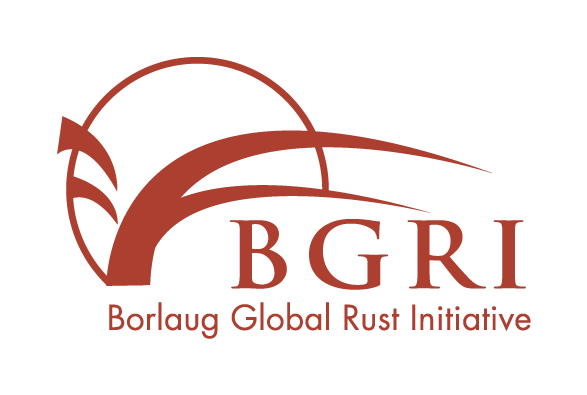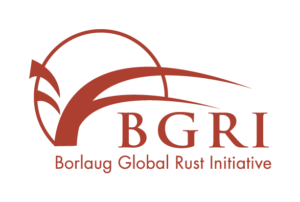Wheat stem rust caused by Puccinia graminis f. sp. tritici (Pgt) is one of the diseases that threatens wheat productions worldwide. It can cause a significant seed yield reduction during its epidemics. Deploying a variety with one or more resistance genes for production is an economical and environmentally safe method of controlling wheat stem rust disease. The objective of this study was to characterize wheat stem and leaf rust resistance in ‘Linkert’, a variety released by the University of Minnesota in 2013 with adult plant resistance effective to Ug99 and strong, but uncharacterized resistance to leaf rust. Two doubled haploid mapping populations were developed, one with susceptible hard red spring wheat variety ‘Forefront’ and one with susceptible genetic stock ‘LMPG’. The lines in both mapping populations and their parents were evaluated at the seedling stage in a greenhouse and in the field in Ethiopia, Kenya and Rosemont, MN against Pgt races. Evaluation was also done with the leaf rust fungus both at the seedling stage and in the field in St. Paul, MN. Genotyping data was generated using the iSelect 90k SNP assay developed for wheat. A total of 1091 and 1552 high quality SNPs were used for QTL mapping for Linkert/Forefront and Linkert/LMPG-6 populations, respectively.
We found QTL consistently associated with wheat stem rust resistance on chromosome 2BS for the Linkert/Forefront population both in Ethiopia and Kenya. Another reliable QTL was detected consistently on chromosomes 5BL (125.91 cM) and 4AL (Sr7a) for the Linkert/ LMPG population in Ethiopia and Kenya. A QTL was detected in the Sr7a region of chromosome 4AL of Linkert/LMPG that was effective to leaf rust in the field. Different QTL identified in the two populations reflect the importance of examining the genetics of resistance in a population derived from adapted germplasm (Forefront) in addition to a genetic stock. The associated markers in this study could be used to track the identified QTL in wheat breeding programs.





